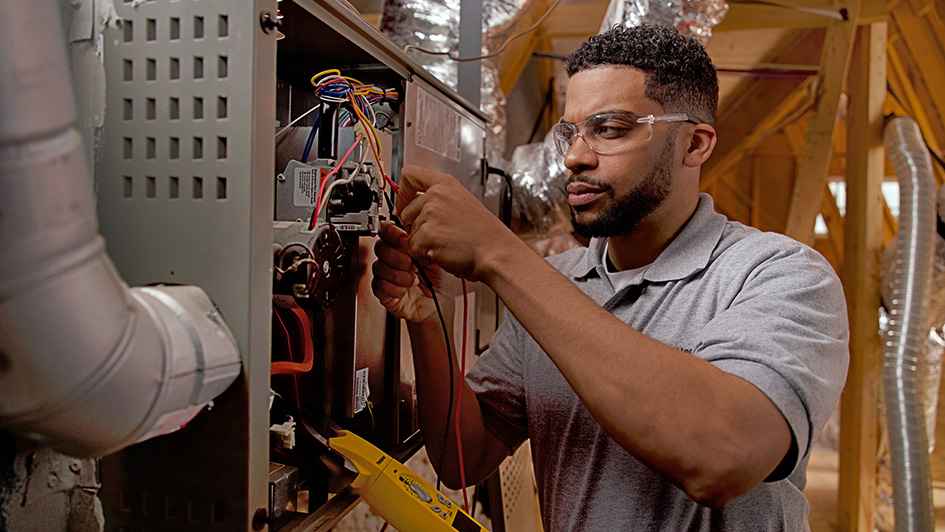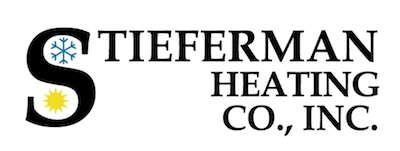
A furnace is often a background player for your home, helping keep you warm in the cold winter months. It often doesn’t get noticed until something breaks down.
One cause might be that your furnace has a cracked heat exchanger. It can potentially be hazardous, so it’s worthwhile to familiarize yourself with the symptoms of a cracked heat exchanger and what you can do if you are worried that may be the problem.
What Is a Heat Exchanger in a Furnace?
A heat exchanger helps transition heat from the combustion chamber in your furnace to the air that moves through the ventilation. It generally does this with coils or tubes that heat up the air while serving as a barrier to keep gas created in the combustion chamber, called flue gasses, from escaping out into your home.
Is a Cracked Heat Exchanger Dangerous?
Given its important role, it’s no surprise that a damaged heat exchanger can be hazardous. A crack in the heat exchanger can allow dangerous gasses – such as carbon monoxide, which can be lethal – to flow through your home.
For this reason, never use your furnace if you believe there's a crack in the heat exchanger, as this could make the whole household ill. Reach out to an HVAC professional right away if you think your furnace has a cracked heat exchanger that needs to be repaired.
Four Symptoms of a Cracked Heat Exchanger:
- Furnace switches off: Cracks in the heat exchanger could cause your furnace to switch off.
- Odd Smells: If the air leaving your furnace has a powerful chemical smell, it might be evidence gas is slipping through cracks in your heat exchanger. These gasses, which will often smell like formaldehyde, are a major warning sign.
- Carbon monoxide alarm initiates or you recognize symptoms of poisoning: If a cracked heat exchanger is emitting carbon monoxide in your home, your carbon monoxide alarm should go off or family members might experience signs of carbon monoxide poisoning. Side effects include headaches, dizziness, weakness, nausea, vomiting or feeling drowsy. If the alarm goes off or you feel unwell, get out of the home right away and then call for help.
- Soot: If you see black sooty collecting around the exterior of your furnace, it’s an indication something could be seriously wrong.
What to Do if a Furnace Heat Exchanger is Cracked
If you believe your furnace has a cracked heat exchanger, hire a pro well versed in furnace installation Jefferson City right away so they can take a look at your system and, if necessary, perform a furnace heat exchanger replacement. Costs should differ depending on the situation, but estimates run in the neighborhood of $1,000 to $3,000.
Fortunately, the good news is that heat exchangers are regularly protected by the warranty. You should confirm the warranty paperwork on your furnace, as while the warranty might not cover the entire cost of repairs, it can significantly shrink your bill.
How to Avoid a Cracked Heat Exchanger in Your Home
One of the most convenient ways to minimize the risk of problems in your furnace overall is via routine furnace maintenance. Furnaces provide the best possible return on investment when they work efficiently. Contacting a certified professional to inspect your furnace for worn-out parts, clogged filters and other potential problems can help you avoid getting a big bill later on.
It’s also a good idea to take a look at your furnace filters every few months – it’s recommended some filters be swapped out every 90 days or sooner if they are dirty or grimy. While the filters aren't a part of the heat exchanger itself, the strain of drawing air through a clogged filter makes your entire furnace work longer to do its job. And the harder your furnace has to work, the more strain pieces like the heat exchanger will endure.
